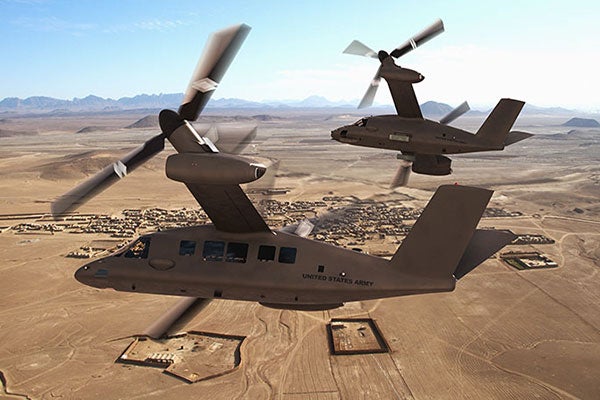
The V-280 Valor is a third-generation tilt-rotor vertical lift helicopter being developed by the US-based aircraft manufacturer, Bell Helicopter Textron. The helicopter is intended to meet the requirement of the Joint Multi-Role (JMR) Technology Demonstrator (TD) programme supporting the Future Vertical Lift (FVL) programme of the US Army.
In April 2013, the V-280 Valor was launched at the Army Aviation Association of America’s (AAAA) annual professional forum and exposition held at Fort Worth, US. The aircraft is designed to perform multiple missions such as attack and transport with enhanced speed, maximum reach, and greater payloads.
The V-280 Valor will offer greater control both at low and high speeds efficiently. The helicopter is currently in design concept phase. Bell Helicopter displayed a V-280 Valor mock-up in October 2013 at AUSA Annual Meeting and Exposition in Washington DC.
The first prototype was completed in September 2017 and was displayed at 2017 AUSA Annual Meeting held in October 2017.The next-generation helicopter made its first flight in December 2017.
V-280 for the Joint Multi-Role Technology Demonstrator (JMR-TD) programme
The V-280 Valor helicopter was selected for the JMR-TD phase one programme in June 2013. The Sikorsky-Boeing team’s coaxial-rotor compound helicopter was also chosen for the programme.
Phase one of the JMR-TD programme includes the development of the rotorcraft, while phase two will deliver mission systems for the FVL programme. The $100bn FVL programme is expected to replace about 2,000 to 4,000 medium-lift rotorcraft in service with the US Army.
The V-280 Valor helicopter was classified as a category I proposal, citing its ability to meet all the requirements of the US Army. The technology investment agreement (TIA) for the JMR-TD was awarded in October 2013 and the flight testing began in 2017.
Design features of V-280 Valor helicopter
The V-280 Valor helicopter integrates a clean sheet design with a V-tail configuration and fuselage of composite construction. The wings are made of a large cell carbon core.
The helicopter is designed to carry four crew members and 11 troops. It will feature two spacious 1.83m side doors for convenient entry and exit of armed forces. The aircraft is fitted with a conventional retractable landing gear for better control during take-off and landing.
The V-280 helicopter is equipped with triple redundant fly-by-wire flight control system for precision aircraft handling and improved safety. The system helps to reduce the workload of pilots and weight of the aircraft while minimising the maintenance costs as compared to traditional flight control systems.
The aircraft will offer greater fuel-efficiency, resulting in smaller logistical footprint compared to other aircraft. The smaller logistical footprint helps to minimise the logistics support needed to move and maintain a warfighting force.
V-280 Valor helicopter engine
The power plant of the V-280 Valor helicopter includes two turbocraft engines coupled to three-bladed tiltrotor and drive units. The non-revolving and fixed engines will make the helicopter more stable during hover mode, and will provide enhanced control.
The engines are placed at the tip of the helicopter wings. The helicopter can operate on a single engine in the event of loss or damage of the other engine.
Performance of V-280 Valor
The maximum cruise speed of V-280 Valor helicopter is 518km/h. It has a combat range of 500nm to 800nm. The helicopter offers twice the speed as well as range of the existing vertical lift helicopters.
It is capable of operating at very hot temperatures of up to 95° and flying at an altitude of 6,000ft.
The helicopter will be a self-deployable platform, unlike other helicopters requiring logistic support for shipping to area of operation. It can be strategically self-deployed to a range of 3,889km.
Contractors involved
In September 2013, Bell Helicopter Textron partnered with Lockheed Martin for the development of the V-280 Valor.
Moog was selected by Bell Helicopter Textron in October 2013 to design, manufacture and qualify an integrated flight control system for the helicopter. The system will include flight control computers, support software, and flight control actuation.
GE Aviation was selected to provide the propulsion system for the Bell V-280. GKN Aerospace was contracted to design, develop and manufacture the V-tail aerostructure and ruddervators. Spirit AeroSystems agreed to design, develop and manufacture fuselage for the helicopter.
Bell Helicopter Textron also teamed with AGC Composites and Aerostructures to design, develop and manufacture the over wing fairing for the V-280 helicopter.
Related content
AH-1W / AH-1Z Super Cobra Attack Helicopter, United States of America
The AH-1W Super Cobra is the US Marines’ attack helicopter. It is supplied by Bell Helicopter Textron, and entered service in 1985.
ARH-70A ARAPAHO Armed Reconnaissance Helicopter, United States of America
In July 2005, the United States Army placed a contract on Bell Helicopters for the next-generation armed reconnaissance helicopter, ARH.
The Global Military Rotorcraft Market 2011-2021
This project forms part of our recent analysis and forecasts of the global military rotorcraft market available from our business information platform Strategic Defence Intelligence. For more information click here or contact us: EMEA: +44 20 7936 6783; Americas: +1 415 439 4914; Asia Pacific: +61 2 9947 9709 or via email.

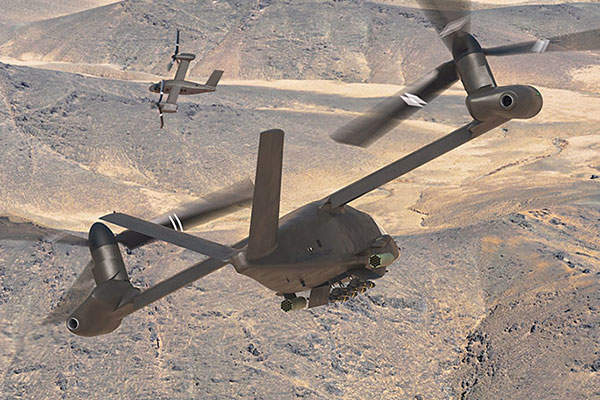

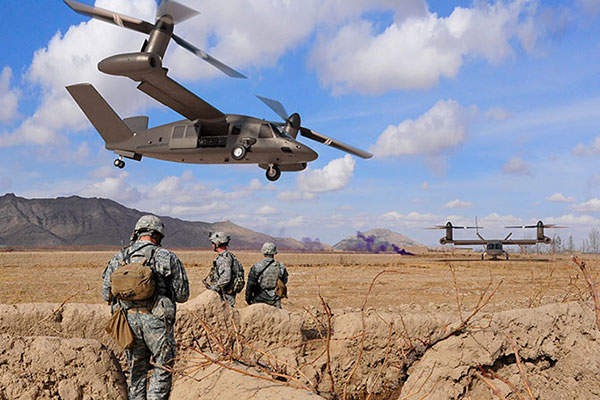
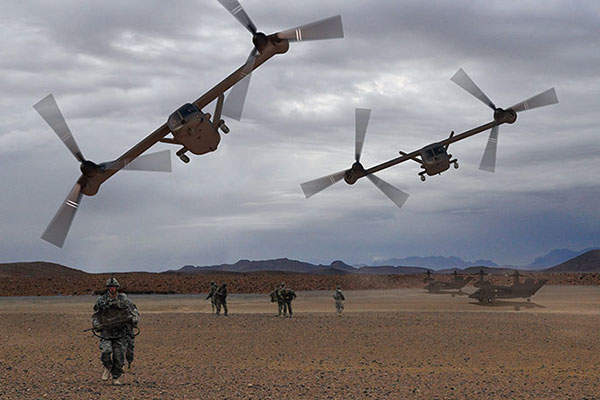
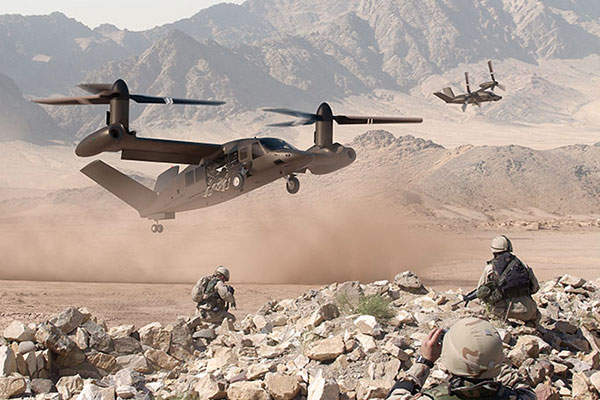


.gif)
